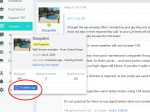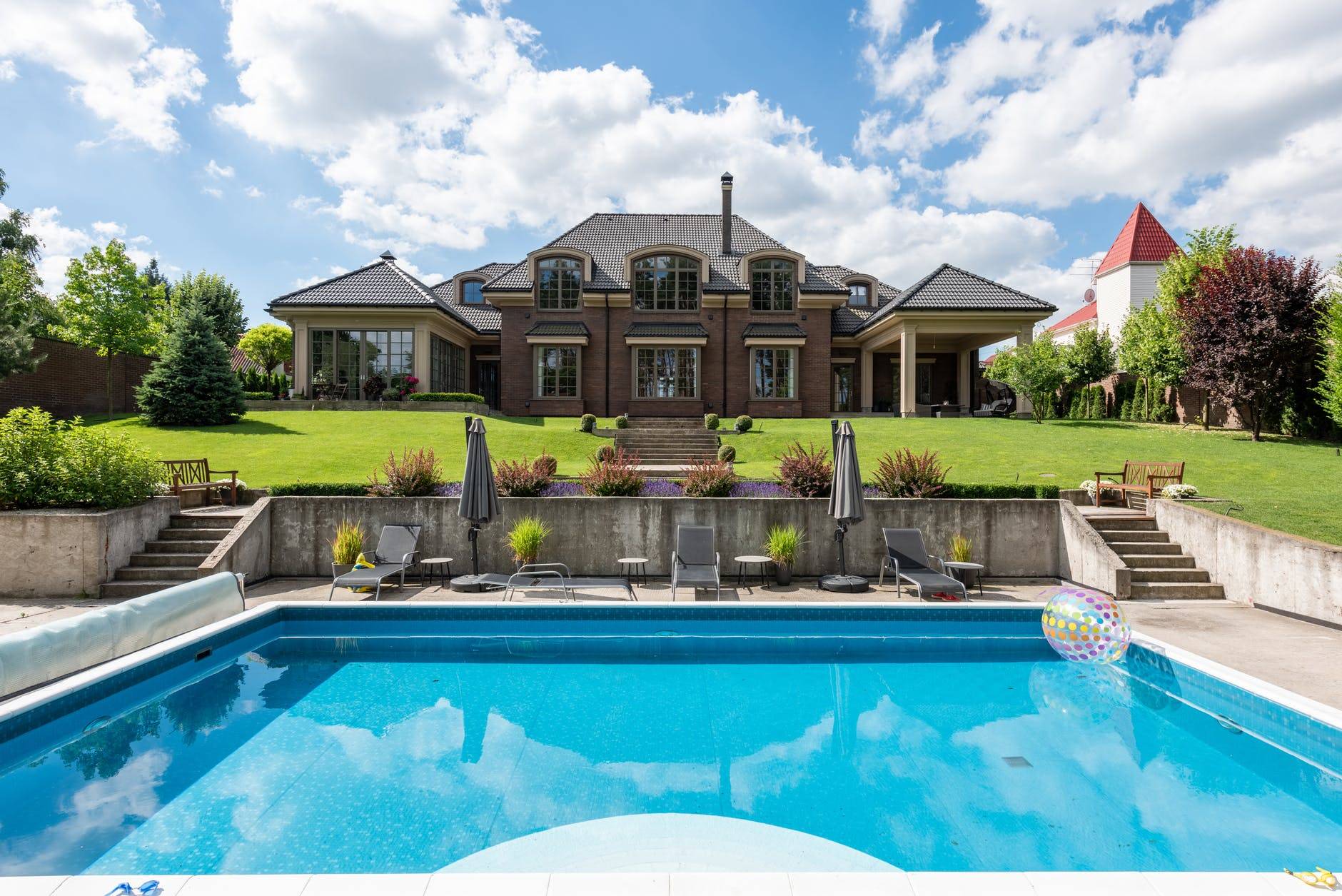Stoopalini
Gold Supporter
- Jun 8, 2020
- 590
- Pool Size
- 14060
- Surface
- Plaster
- Chlorine
- Salt Water Generator
- SWG Type
- Pentair Intellichlor IC-40
Thanks. My goal was to keep the chlorine low in this pool so I just ordered a submersible pump and will pump out 4-5000 gallons and refill at the same time, to keep my levels the same. I am glad I found this website otherwise I would have kept paying the pool guy $100 a month to trash my water!
If you haven't already ... go and download the Troublefree Pool "PoolMath" app on your mobile. This app will track your test results and chemical additions, as well as calculate the amount of chemicals needed.
For Android devices: Pool Math by TroubleFreePool - Apps on Google Play
For Apple devices: Pool Math by TroubleFreePool
It is tied to the FC/CYA chart too. Definitely worth the couple of dollars for the annual subscription.
If you begin using this, then you can also enable sharing with the forum, which maes it very easy for folks here to see your logs and history. Hover your mouse over my user name, then the "PoolMath Logs" button to see what I mean.



